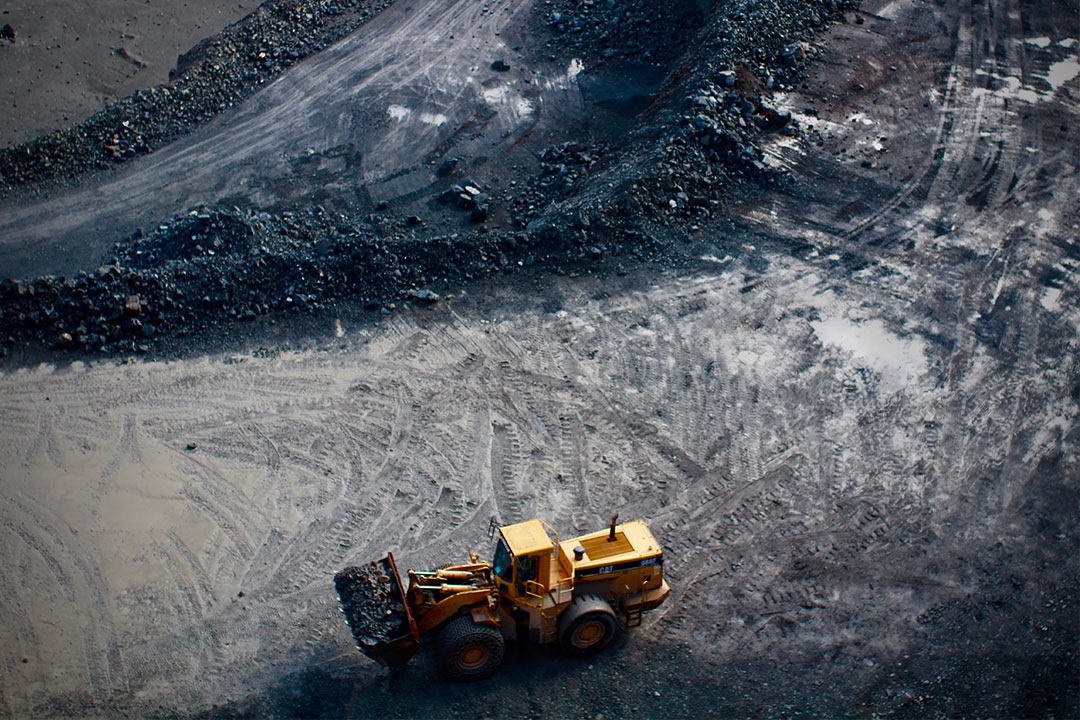America The Beautiful
The National Asphalt Pavement Association does its due diligence at keeping this country just as the song describes it - beautiful. And with 2.7 million miles of asphalt paved roads and highways carrying an estimated 276 million cars, buses, and tractor-trailer trucks, this is no easy feat.
Paving Companies’ Safe Recycling Practices
Asphalt, well known for strength and durability, is not only the material of choice by paving companies in the construction of roadways but also playgrounds and parking lots. Like everything in this life, asphalt is subject to surface deterioration, cracking, and raveling. The continual daily 'pounding' it endures from vehicle traffic, water that seeps under its top surface, causing eventual damage to the sub-base layer, and the sun's UV rays all do their part in causing it to break down.
What do paving companies do with the 100 million tons of old asphalt excavated and hauled away? They RECYCLE! This pavement material, known for strength and durability, is also known for being ecologically friendly. The Environmental Protection Agency (EPA) and the Federal Highway Administration deemed asphalt to be America's #1 recycled product in a report to Congress.
The reclaimed asphalt from roadways, parking lots, and playgrounds are the most used source for Recycled Asphalt Pavement (RAP). Recycled Asphalt Shingles (RAS) is also a source for recycled asphalt. Recycled asphalt saves 60 million cubic yards of landfill space annually, as well as billions of tax dollars, and paving companies love how recycled asphalt saves energy, material, and transportation costs. Without a doubt, asphalt RAPs is a win-win for America, the beautiful!
Safe recycling practices of milling, pulverizing, and stabilization are part of the routine for paving companies, such as Haskell Paving, with over 50 years of experience in asphalt repaving.
- Asphalt Milling, not to be confused with pulverizing, is the process of removing the top layer of asphalt without disturbing the sub-base. A cold planing machine digs into the pavement, tears up a few inches of the surface needing repair, and carries away the old material to the processing plant. The milling practice avoids full reconstruction, with the environmental benefit of not digging deep into the earth.
- Pulverization is a practice that involves grinding the top surface layer right at the job site, and blending the asphalt layers with the sub-base layer. Besides the cost savings of not needing to transport new asphalt from a processing plant, this process reduces the truck carrying air pollution. The mixing of the existing material, down to the base layer, provides greater strength than the original mix, reducing future maintenance repair.
- Stabilization, the next step in the pavement pulverization process, involves the mixing of tar, waterproofing, and binding agents to the pulverized asphalt. These stabilizing agents harden in one to two days providing a smooth surface with a minimum of new material, saving on the excavation of quarry resources.
If you’re looking for a paving company that is conscious of the resources we consume and cares about doing their part to keep this country beautiful and safe, contact Haskell Paving today!

